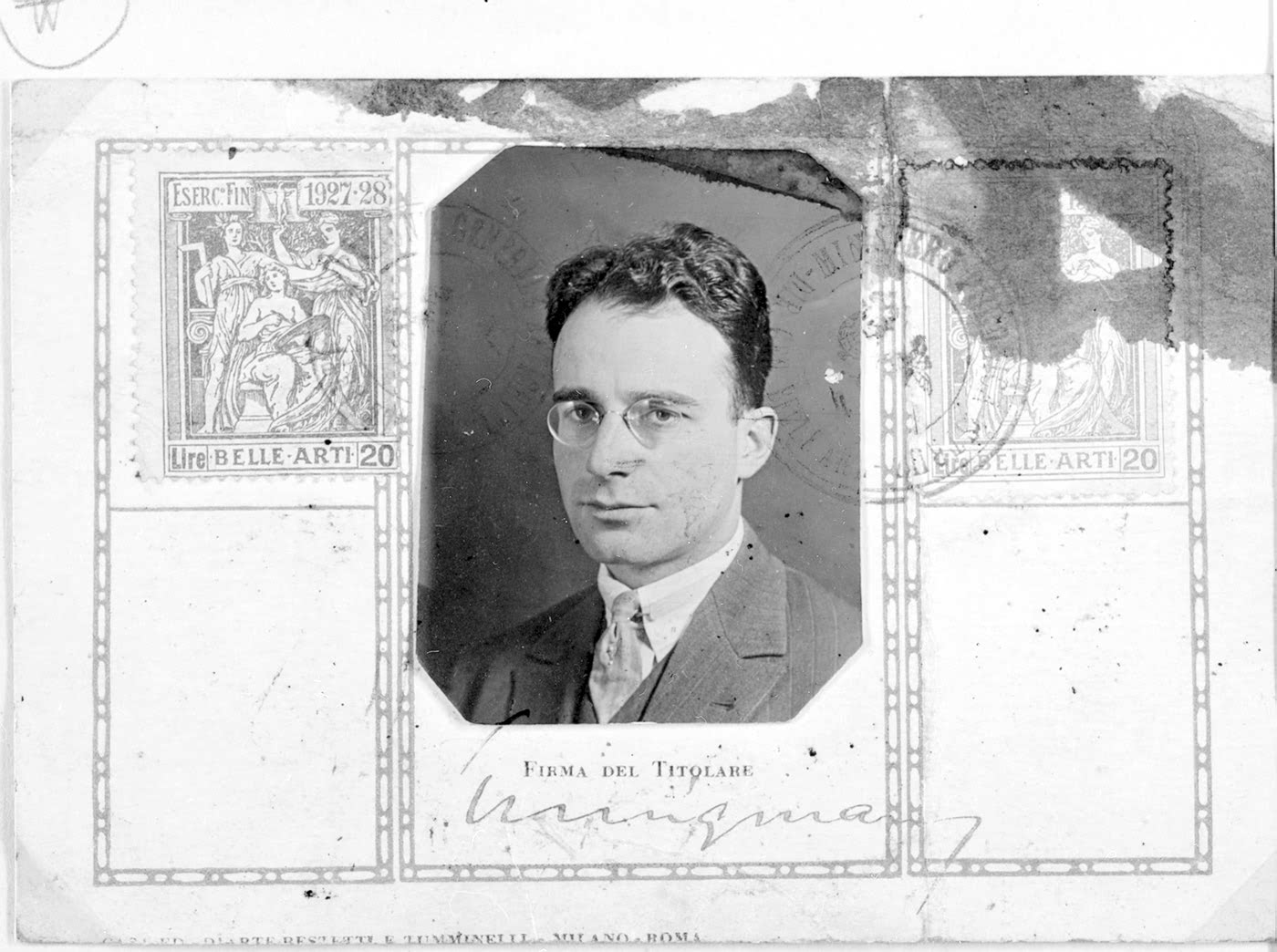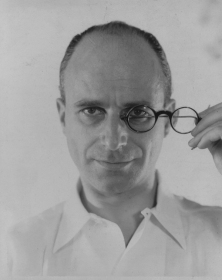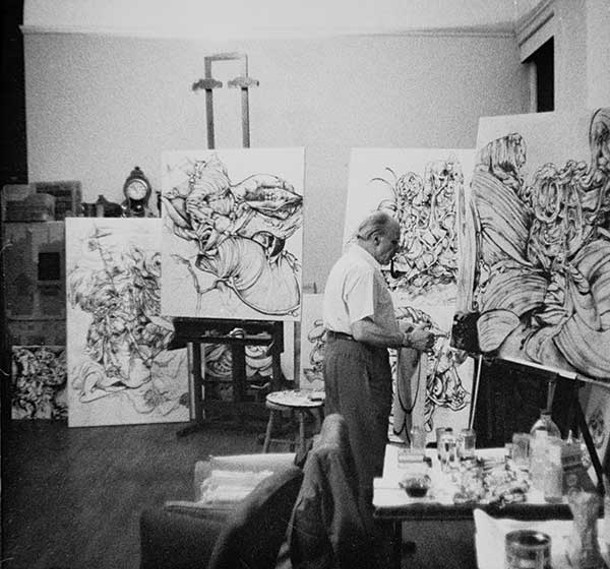
1900 - 1962
Kurt Seligmann

description
A Swiss artist of Jewish descent, graphic artist and writer, as well as set designer and engraver, who lived and worked in the USA for a long time. Kurt Seligman is famous for his fantastic images of medieval troubadours and knights who carried out bright and sometimes terrible rituals and partly inspired the theme of carnivals held annually in his native Swiss Basel. The masterpiece of surrealistic engraving is a series of six etchings illustrating the Greek myth of Oedipus, published in 1944 and reprinted many times. His considerable work is also his book “The history of magic and occultism” (initially “Mirror Magic”, New York, 1948).
In his personal technique of automatism, Seligmann sought to achieve images by pure chance, as well as to transfer images of natural phenomena. For example, he followed the patterns and forms that created the cyclones and created impressive landscapes of the Grand Canyon and the American southwest, finding in them a psychological similarity with anthropomorphic elements. The master said, “These are landscapes, but they are not static. I call them cyclonic”.
Among the artists of the second generation of Surrealists, Kurt Seligmann was ignored by art experts for some time; this can be partially explained by his eccentric images and somewhat academic approach to fine arts and graphic art. However, nowadays this is considered the reflection of his artistic and intellectual independence. The art of K. Seligmann was never defined by any “ism” because he strived for the synthesis of abstract and figurative styles within general contemporary art problems.
Key ideas:
– In the interview of 1935, Seligmann remembered that his childhood in Basel left an indelible mark in his mind, “The images of the soldiers of Fortune, heraldic banners, armour, deafening sounds of huge drums — this whole anachronistic series was very much alive for me”. Right in the culture of my city, to which my subconsciousness always travels, be it abstract or figurative”.
– Having moved to Paris at the beginning of the 1930s, when the city was the epicentre of avant-garde art movements, especially Abstract art and Surrealism, Seligmann got imbued with the style of both art movements. His half-geometrical abstractions gradually softened to geometric shapes; his paintings filled with contrasting colours, interacting in wide curves. This impressed Jean Arp, so he invited Kurt to his workshop.
– Seligmann’s paintings, unlike the works of abstractionists, whom he joined, contained Surrealist tendencies almost from the beginning. As a result, his paintings turned into a unique combination of abstract art, Swiss art tradition and Surrealism.
– Seligmann, like other Surrealists, purchased objects of art of different tribes. He was interested in the “totemic essence” of such objects, as it symbolized the connections of a human being with primary life conditions. Kurt visited British Columbia, lived three months in a remote settlement, watching the life and traditions of local inhabitants. He even bought an 18-metre totem pole – it was installed at the entrance to the museum de l’Homme in Paris.
– In his works of the 1950s, Seligmann often referred to herbal forms, depicted insects and space; his new art preserved classical elements of the figure and filled with billowing images, movement and energy, which were close to the new art movement – Abstract Expressionism.
1900
1919
1929
1931
1935
1938
1939
1942
1948
1949
1950
1952
1955
1959
1962
Kurt Seligmann was born
Entered the Geneva School of Fine Arts

He arrived in Paris

Organized his first solo exhibition at the Salon of Independent

Seligmann married Arlette Paraff

13 works by Seligmann were presented at the International Surrealist Exhibition in Paris

The Seligman family left France

“Artists in Exile”

«The Mirror of Magic»

The exhibition of 22 of his works and 4 of his drawings on glass was a success

“The Birth of Painting”

The personal exhibition of the artist was opened at the Gallery Durlacher Bros

He received US citizenship

He suffered a heart attack

The artist died

